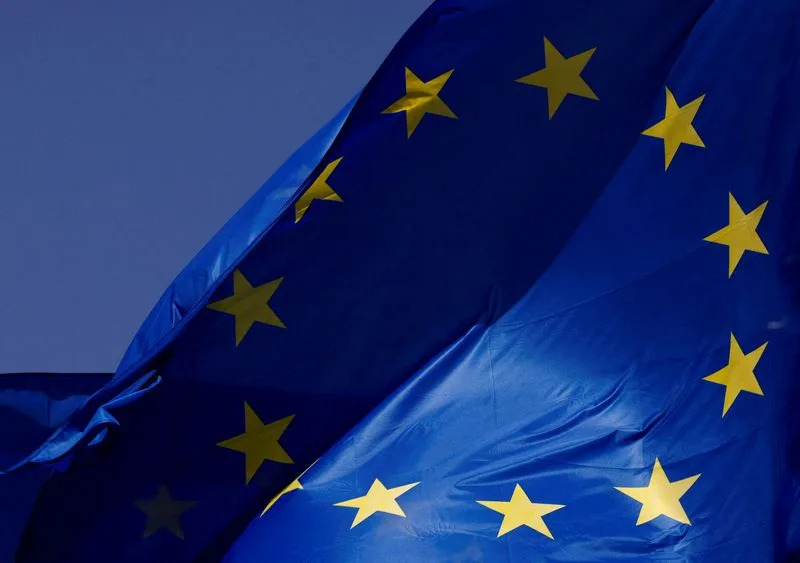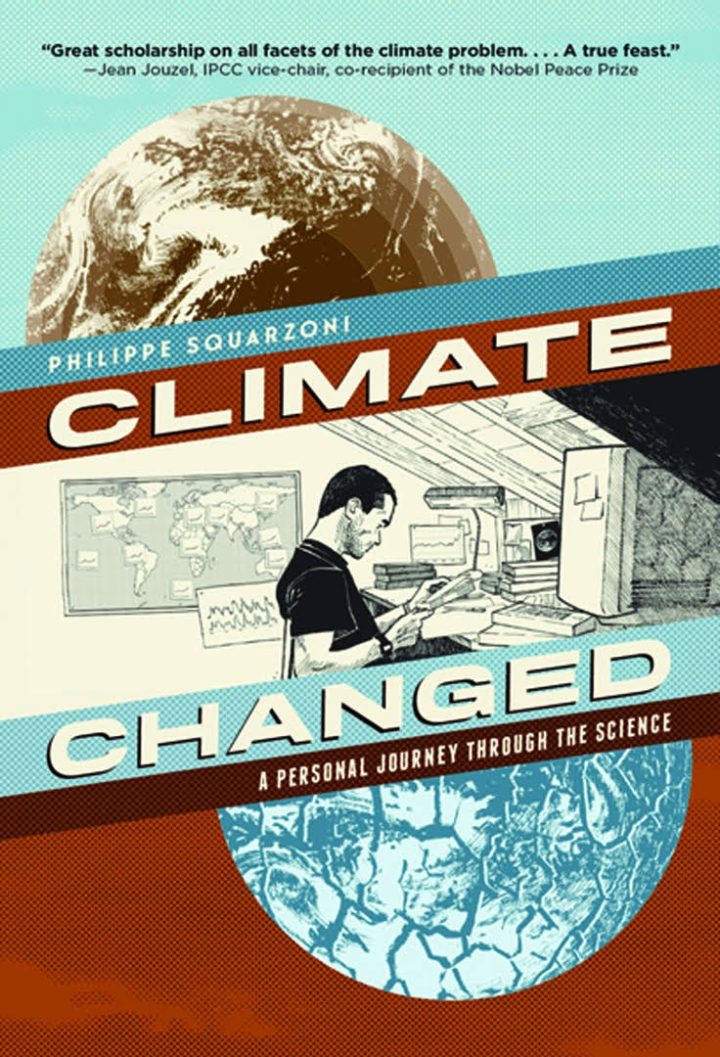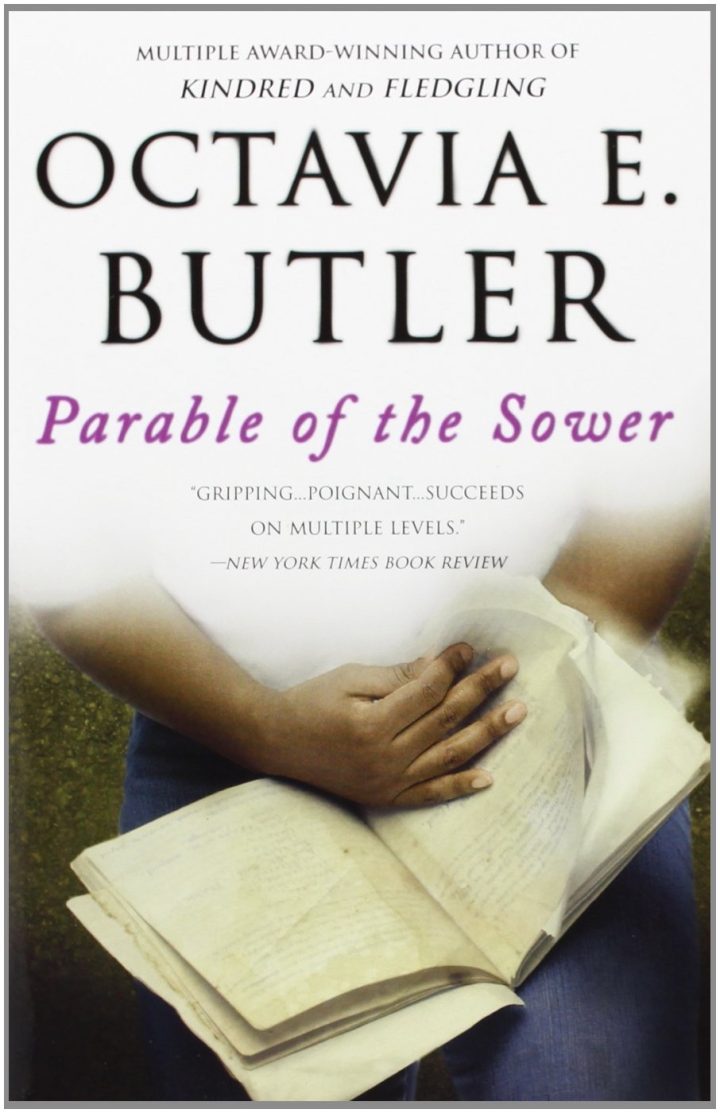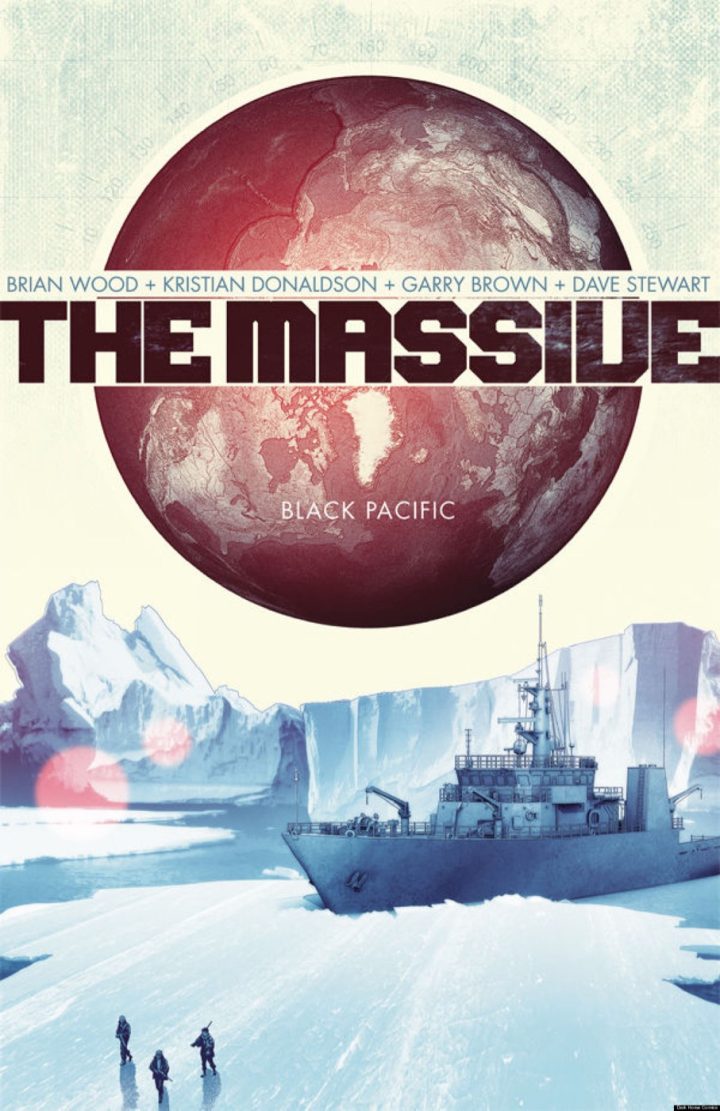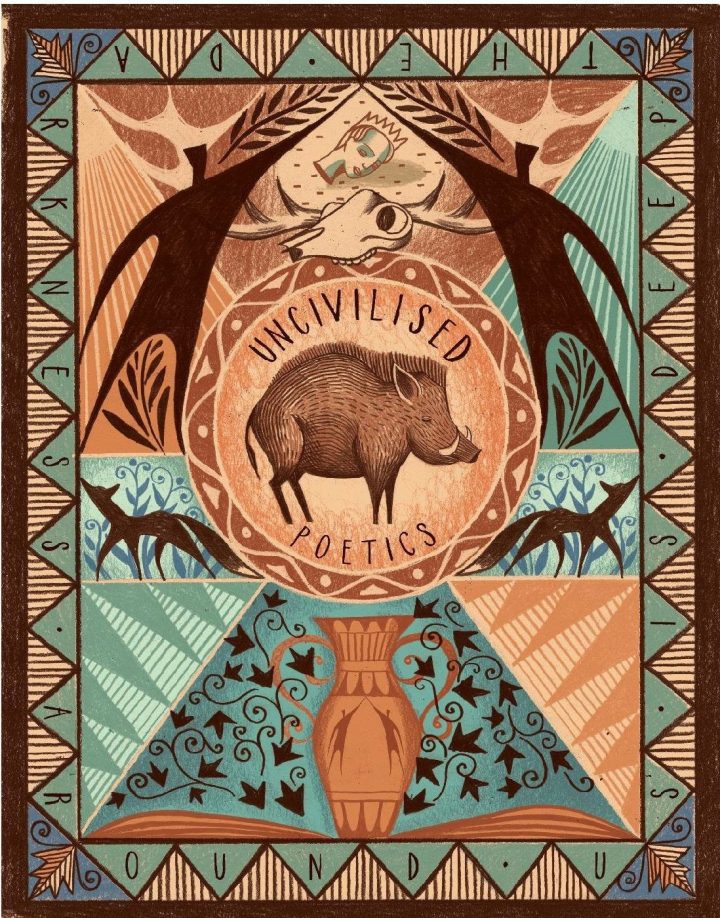The Four Types of Play of Roger Caillois
From Competition to Chance, From Mimicry to Vertigo
Orientation
What is play? What are its types and its psychological impacts?
In what way is play different from other human activities? In what ways is play different across the life cycle, from childhood to adolescence to adulthood? Do people ever stop playing? How many kinds of play are there? What is the difference in the psychological states between playing in a baseball game, playing with crossword puzzles, entering the lottery, watching a puppet show, or rolling down a hill? A child riding on a carousel in not in the same state as one who is in a state of suspenseful anticipation after betting, then watching the roulette wheel. We will find out what these differences are.
What is the relationship between society and play?
Authors such as Johan Huizinga go so far as to say that all social organization – from economics to politics to law and technology – are derived from play. Others say that the forms of play are driven by changes in human societies. For example, games of chance are primary in hunting and gathering societies because the hunt itself is a very unpredictable activity. As the food supply becomes more stable, games where the outcome is more controlled will grow greater as humans feel more stable in their economic life. So the question is – what is primary and what is secondary? The basic themes of sociology of play are that social institutions such as economics, politics and family institutions as derivable from play, just as play can be explained by economics, politics and family structures. Evolutionary biologists don’t buy the value of play. They claim that play is a useless activity in terms of Darwinian natural selection.
Why write about a book that is 90 years old?
Over 20 years ago, I became interested in environmental psychology and discovered there was a whole field in sociology called “leisure studies”. One of the main topics covered was theories of play. Besides the famous book by Johan Huizinga, I came across the work of Roger Caillois and his extremely original theory of play. I was riveted! I found his book Man, Play and Games and devoured it in about a week. However, I had no immediate use for the book either in books I was writing or classes I was teaching. I wrote a five-page summary of the book and left it at that. But I never forgot the book. I remembered it for its interdisciplinary intellectual orientation and its range in writing about every type of play. Caillois’ book was written over 90 years ago, so you are not going to find anything here about the positive and negative impact of Dungeons and Dragons on people’s psychology. Neither will you find the impact of video games on people’s level of happiness. However, despite its age, I believe it still has an enormous amount to teach us. In fact, I’ve come to feel that Roger Caillois’ book is broader and deeper than Huizinga’s famous book Homo Ludens: A Study of the Play-element in Culture.
Roger Caillois was an interdisciplinary French sociologist whose range of interests besides play include sacred studies(Man and the Sacred), cults, literature, mythology, poetry, and psychoanalysis. He hovered on the edge of the surrealist movement according to the book The Edge of Surrealism, edited by Claudine Frank, and he corresponded with Andre Breton, considered by some as the father of surrealism.
Theories of Play: Huizinga vs Caillois
Roger Caillois begins his insightful and imaginative book Man, Play and Games by challenging John Huizinga’s theory of play. Huizinga’s theory of play contains six components. Play is:
- Free – that is not serious
- It is absorbing
- It is non-material—that is not for profit
- It is separated from everyday life (done in its own place and time)
- According to fixed rules and an orderly procedure
- Done in secret
Caillois takes exception to some of these points. For example, he pointed out that some games are part of everyday life and are not done in secret as in sports or games of chance. Huizinga is not sensitive to the wide range in the spectrum of play. George Herbert Mead makes a distinction between structured forms of play, which he calls “the game”, and what Mead calls “pretend play”. Huizinga’s claim that play occurs according to fixed rules ignores pretend play which is far more imaginative. If rules exist in pretend play they are made up along the way as in “Calvinball” from the comic strip Calvin and Hobbes. Lastly, modern games are played for profit as in sports stadiums and gambling houses. In short, Caillois claims Huizinga ignores or minimized the diverse form of play. Caillois’ book sets out to correct this.
Why do People Play?
Caillois claims that play has a natural propensity for good or evil. In both cases the same qualities can be identified:
- The need to prove one’s superiority
- The desire to challenge, make a record or merely overcome an obstacle
- The hope and the pursuit of finding out one’s destiny
- The pleasure in secrecy, make-believe or disguise
- Creating fear or inspiring fear
- The search for repetition and symmetry
- The joy of improvising, inventing or infinitely varying solutions
- Solving a mystery or riddle
- The satisfaction deriving from the arts involving contrivance
- The desire to test one’s strength, skill speed, endurance, equilibrium or ingenuity
- The temptation to circumvent rules, laws or conventions
- Intoxication, longing for ecstasy and a desire for voluptuous panic
Examples of How Play Evolved in History
Here are some examples of what play evolved from:
- The cup-and-ball and top were once magical devices
- Roundelays and counting-out rhymes were once ancient incantations
- Stagecraft, liturgy, military tactics and debate also became rules of play
- The greasy pole is related to the myths of heavenly conquest
- Football emerged from to the conflict over the solar globe of two opposing phratries
- String games had once been used to inaugurate the changing seasons
- The kite, before becoming a toy toward the end of the 18th century, in the Far East symbolized the soul of its owner
- In Korea, the kite served as a scapegoat to liberate a sinful community from evil
- Hopscotch once symbolized labyrinth through which the magical initiate must first wander
- The game of tag was once recognized as a terrifying choice of a propitiatory victim
- Games of chance were once associated with divination
- Villages, parishes and cities once had gigantic tops that special confraternities caused to spin during certain festivals
- Slingshots and peashooters have survived as toys where they were once the more lethal weapons
Naming the Four Types of Play and Their Two Fundamental Structures
Caillois divides play into four categories:
- Agon, which involves competition
- Alea which involve games of chance
- Mimicry which involves simulation
- Ilinx which involves the experience of vertigo
These four kinds of play can be grouped into two categories:
- Paidia play is active, tumultuous, exuberant and spontaneous. This corresponds to mimicry and Ilinx and goes with Mead’s pretend play.
- Ludus play is more restrained. It involves calculating, contrivances and requires patience and subordination to rules. Ludus play is translatable to Mead’s category of “games” and includes agon and alea.
Caillois’ hypothesis is that the basic themes of society should be traceable from the proportionate use of these four types of play. Read Table A with the four types of play together with Caillois’ and Mead’s structures of play.
Table A
| Types of play | Agon Competition | Alea Chance | Mimicry Stimulation | Ilinx Vertigo |
| Caillois’ structures of play
| Ludus | Ludus | Paidia | Paidia |
| Mead’s Structure of play | Game | Game | Pretend play | Pretend play |
Details of the Four Kinds of Play
Let us look in more detail into examples of each of the types of play along with the psychological states induced. Agon amusement involves competition. Agon play involves skills such as speed, endurance, physical strength, ingenuity and improvisation. The paidia example of play under agon would be wrestling or racing. This kind of play is unique to humans. The more organized type of agon, ludus play at the individual level would be doing cross-word puzzles, playing solitaire or flying a kite. Social expressions of more organized play would include sports such as boxing, football, chess, billiards, duels and tournaments. Competition involves skill. In chance games skills are minimized. In sports competition is based primarily on skill, if the outcome of a game was determined by chance, spectators would complain that the victor’s success was cheap.
The alea kind of play is the opposite of agon. It abolishes natural or acquired differences between people and leaves as much as possible to chance. Paidia forms of chance are counting out rhymes or playing heads or tails. Ludus types of chance games include playing the lottery or gambling at casinos. These activities are uniquely human and not found in the rest of the animal kingdom.
The third type of play, mimicry, involves simulation. In this a person forgets, disguises or temporarily sheds their personality into order to play a role. At the paidia level of mimicry we have masks, costumes, impersonation and games of illusion taking place. The ludus type of mimicry includes puppet shows, theatre, religious rituals, circuses, carnivals and movies. Masks spill over into non-playful situations as in the use of uniforms and in ceremonial etiquette or sympathetic magic. This type of play is also uniquely human.
The fourth type of play is called Ilinx. This type of play is primarily physiological. It destroys the stability of perception and imposes a kind of playful panic on the person. At the paidia level of Ilinx is where we find children whirling, swinging on monkey bars, sleigh riding and later on, horseback riding. These states often create a feeling of ecstasy. In the more ilinx forms of play are skiing, mountain climbing, tightrope walking and going on the rides at amusement parks or fair grounds. Mammals will also engage in experiencing vertigo, as anyone who has watched monkeys swing on ropes at the zoo can attest. Table B at the end of this article summarizes the manifestation of play and their psychological effects.
However, are people constrained to keep these four types of play separate? Perhaps you might feel it is too simplistic to group the types of play into four separate categories. Maybe you think of play as involving more than one category. If so, which ones might work together and which combinations don’t work? We shall see.
Fundamental Types of Relationships Between Types of Play
Agon and ilinx
While a baseball game involves competition, the exuberance over a great catch to end a game or a homerun to win the game involves vertigo or Ilinx on the part of both players and fans. In fact, Caillois argues that certain forms of play constitute fundamental relationships with similar underlying principles. For example, games of chance and games of competition both presuppose absolute equality from the start. The pleasure derived from these games comes from one having done as well as possible in a situation not of their creation. There is satisfaction in overcoming voluntarily accepted obstacles. In this case, it is quite easy to see that playing this game prepares a person for real life.
Mimicry and ilinx
Another kind of fundamental relationship is between mimicry and vertigo or ilinx. Here there is equality but with less roles. There is constant improvisation and trusting in a guiding fantasy. A conjunction of a mask or an illusion is that perception is distorted and leading into a trance. The magic in tribal societies results from a combination of mimicry and ilinx to real social life.
Contingent Relationships Between Types of Play
Alea and vertigo
The second set of relationships as called contingent. Games producing vertigo and chance are contingent as games of chance have a special kind of vertigo which seizes both the lucky and unlikely. However, this does not allow the suspension of the rules of the game.
Mimicry and agon
Mimicry and agon are also contingent in that every competition also involves playing a role, not only among the players but also by the audience. An audience in a competition act must make believe they are no longer in real life. They are in a theater suspending the rules of everyday life in order to enjoy the competition. Their make-believe is also an act of mimicry.
Forbidden Relationships Between Types of Play
Ilinx and agon
The last set of relationships are forbidden. I think Caillois overstates what this relationship means when it is called “forbidden”. All this means is that the types of play work at cross-purposes and undermine each other. I would say they “clash”. The first set is between ilinx and agon. The regulated rivalry of competition would be undermined if players abandoned themselves to vertigo in the middle of the competition. It would negate the controlled effort and undermine skill, power, calculation and respect for rules. So too, the thrill of vertigo would be ruined if the revelers were expected to come back from their revelry and focus on playing a specific role with specific rules of a game.
Mimicry and alea
The second set of forbidden relationships is between mimicry and chance. In order for a game of chance to maintain its coherence, there must be no ruses. To engage in this is to cease to be playing and to be engaging in sympathetic magic, the object of which is to compel the future. On the other hand, magic would be undermined by admitting that the results of mimicry were subject to chance. Magic is based on the notion that if you do the ritual right, nature will be compelled to respond to the ritual.
To summarize:
Fundamental relationships:
- Mimicry and ilinx
- Alea and agon
Contingent relationships:
- Ilinx and alea
- Mimicry and agon
Forbidden relationships:
- Ilinx and agon
- Mimicry and alea
Play and the Sacred
According to Caillois, many games have their roots in sacred traditions. For example,
masks were once sacred objects that were used in initiation ceremonies. Later they became accessories to ceremonies – as in dance and theater. Now they are playthings at parties for children and erotic balls for adults. With Christianity the design became elongated and simplified reproducing the layout of a basilica. In sacred situations, ilinx type of play is induced by fasting, vision quests, hypnosis, and monotonous or strident music. Games of chance were once associated with divination, as in the case of tarot cards.
In tribal societies, ilinx and mimicry were primary in both games and in sacred traditions inducing magical states of consciousness. With the rise of state civilizations, ilinx and mimicry become forbidden for the lower classes to practice. To the extent it was still used, it was the domain of the priestesses and priests. It was in forms of play that ilinx and mimicry continued for the lower classes.
Corruptions of Play
There is a distortion of play which Caillois calls corruption. All play is based upon the ability of the participants to separate play from reality and be clear where one ends and the other begins. Where play is corrupted, it blurs the relationship between play and reality. This is the realm where the habits of play become obsessions and compulsions. Each of the four types of play has its own form of corruption.
Corruption of agon and alea
Distortions of agon (competition) are wars and unbridled economic competition which becomes lethal or detrimental to most members of society. A corruption of the game of chance is the stock market, where life savings can be wiped out instantaneously with no one able to predict anything. In the spiritual dimension, card playing games of chance can be twisted into actually foretelling the future with the use of tarot cards.
Corruption of mimicry and ilinx
A distortion of mimicry and simulation are through psychological disorders such as multiple personality disorder. In multiple personality disorder, the roles of a game are not dissolved at the end of the game, but become permanent without a central personality to reign them in. In the case of schizophrenia, the masks of people are believed to be real and not temporary. Lastly, the corruptions of Ilinx are alcoholism and drug abuse such as speed which substitutes chemical power for physical effects as a way of life rather than a temporary state.
Reification
I’ve added a category that I think fits but is not part of Caillois book. Play gets out of control not only through the corruption of fusing play with reality but when play becomes reified and takes on a life if its own. From an evolutionary point of view the purpose of play is to test the waters of a new situation under safe circumstances. Play is subordinated to reality. Reification occurs when the process of testing becomes a thing which takes on a life of its own. An example of the reification of agon is when fans get so caught up in rooting for the home team that they get into fights with opposing fans or when they lose sleep or become depressed over a team’s losses. The reification of alea is when games of chance cause the working class to lose most of their paychecks at the lottery. The reification of mimicry or simulation is the extent to which an actor or an actress becomes so caught up in the role that the role becomes their entire identity and they can’t function outside the role. Lastly, the reification of ilinx is when a person repeatedly puts themselves in dangerous situations through seeking sensations like race-car driving, skydiving or mountain climbing. You might review Table B again for an overview with examples from the entire article.
Table B
Play Classifications, Their Psychological Affects
Corruption, Reification
| Types of Play | Agon Competition Hinges on skill—speed endurance, strength, memory, ingenuity | Alea Chance Abolishes natural or acquired differences | Mimicry/ Simulation Forgets, disguises or temporarily sheds personality in order to trick another | Ilinx Vertigo, thrills Destroys the stability of perception and inflicts a kind of playful panic
|
| Range of species application | Uniquely human | Uniquely human | Uniquely human | Human and animal
|
| Examples of Play
| Wrestling/racing (not regulated) | Counting out rhymes; heads or tails | Masks, costumes, impersonation, games of illusion | Children whirling, horseback riding, swinging, racing downhill, sleigh riding ecstasy
|
| Examples of Play- individual | Crossword puzzles, solitaire, kite flying
| |||
| Examples of play- social | Sports Boxing, football chess, billiards, duels tournaments | Lotteries, casinos | Puppet shows, theatre, religious rituals, circuses, carnivals, movies | Skiing, mountain climbing, tightrope walking, amusement rides, amusement parks fairgrounds |
| Structures of play | Ludus Mead’s game | Ludus Mead’s game | Paidia Mead’s pretend play | Paidia Mead’s pretend play
|
| Corruption (Clash) Blurring the boundaries between play and reality Habits become obsessions or compulsions Applies the rules of play to real life | Wars, unbridled economic competition | Playing the stock market
Cardplaying turned into Tarot | Multiple personality disorder Schizophrenia: believes the mask is real | Alcoholism, drug abuse (speed) Substituting chemical power for physical effects as a way of life |
| Reification | Sports fans who get carried away with team losses by fighting or depression | Losing a great deal of money at the lottery
being obsessed with “lucky” numbers | An actor or actress whose roles seems more real than their identity in everyday life | Putting oneself in needless danger with constant race-car driving, skydiving, mountain climbing |
